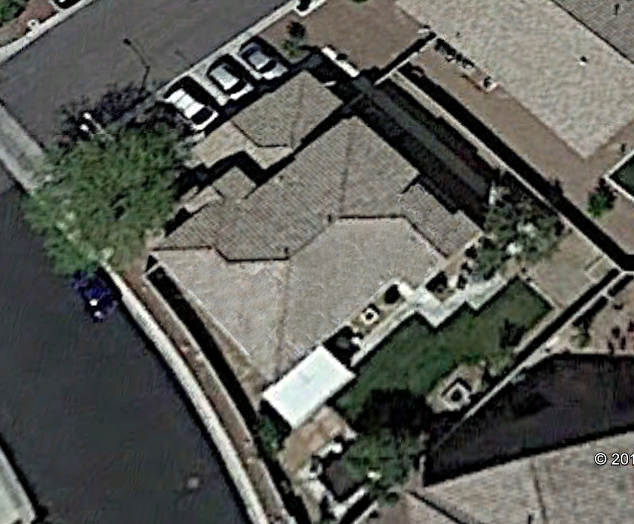Doing Solar Project Homework Equates to More KW's and $$
 In school, a “C” student is considered average, the normal standard to earn a diploma, but in the solar industry, doing a little extra homework to figure out the best mounting and racking system for a PV project will earn much more than just an average diploma; both the company and the customer will reap the benefits.
In school, a “C” student is considered average, the normal standard to earn a diploma, but in the solar industry, doing a little extra homework to figure out the best mounting and racking system for a PV project will earn much more than just an average diploma; both the company and the customer will reap the benefits.
Integrators would be smart to investigate all options when examining how to get the most energy from any project and the optimal way to mount the PV array. It’s not uncommon for integrators to utilize easily available online tools. Although it might be an extra step, working on and obtaining a detailed racking layout sometimes can produce a better energy-producing option for the customer and a greater profit margin for their company.
Project consultation 101
In many cases, a project consultation goes like this: a customer has a power bill to review, desires to consider, and the KW they would like to generate. The possibilities of rebates and net metering are discussed. Ideally, the house has a south-facing roof, with the perfect slope to capture the maximum amount of the sun's energy for the locale. An agreement is made to return with a bid for the job, and a commitment to provide the customer the best system and service, as well as ample profit for the company.
The solar professional knows the expected output of the panels, has the roof plan, is familiar with the building department’s requirements, and isn’t a novice in laying out the arrays. Many racking system companies have online tools available on their websites which allow data to be entered into a form; wind speed, snow load, slope of the roof, as well as exposure category, and the software quickly provides a list of materials. The exact number of rails, attachments, and other parts for the job are printed out and the solar professional is well on the way to providing their customer with the exact system needed for the project.
It seems like a simple process, but is anything being left out? Is the homework being done by a “C” student, the fast and easy way, or by an “A” student, the efficient and productive way? Is the customer REALLY getting the best system, or just a list of items and quantities?
Case-in-Point
In the case of the Jackson residence in Las Vegas, Nevada, both the customer and the integrator would have been at a disservice by only relying on this method. The simple online calculator, while effective and quick, did not provide a customized design of the optimum system to be installed.
The integrator could quickly enter the project specifications into the online calculator; 29 panels on the south and west facing hips, and decide upon a flush-mount design on the asphalt shingle house, to provide about 8200 KW of power, enough to satisfy the customer.
But the homework done thus far was just satisfactory, a “C” grade effort, not excellent. Why? The online calculator may have figured the list of the correct components, but details were lacking. There were other options available to more than satisfy the customer, and give the integrator an “A” grade on the project.
To understand what might be missing, view the roof plan. (Image 1) Note the house is off-set and facing north-east with plenty of south-western exposure on two sides of the house. Solar panels set on the south-west roof would be the obvious choice.
For the Jackson project, the integrators did an excellent job on their homework by adding six more panels on the north-east side of the roof and were able to procure an additional 1.6 KW. They did this by investigating other options besides the original, obvious south-facing exposure for the panels and using a solar racking and mounting engineer who designed a reverse-elevated, tilted-mounting system on the north-east facing roof.
The original design with panels on the south/west would produce about 8250 KW but by adding the unusual mounted array, the outcome totals about 9625 KW.
Solar professionals who are interested in finding the best solutions would be well-served to use all the online tools available, but also use mounting companies who work to find solutions which are not always obvious. By doing better homework, integrators can earn great grades which translate into better service to their customers and more profit for their business.
Benjamin Anderson is a sales professional with TRA Snow and Sun, Inc.
Laurie Anderson is the CEO of TRA Snow and Sun, Inc.
Located in American Fork, Utah, they offer Roof Snow Retention Devices, Solar Mounting Systems, and Roof Flashing Solutions. They supply to all types of customers, from the individual homeowner to the big developer, and engineered designs of all their systems.
TRA Snow and Sun | www.trasnowandsun.com/solar-mounting/
Volume: September/October 2015










.gif?r=2373)
.jpg?r=6426)
.jpg?r=9040)